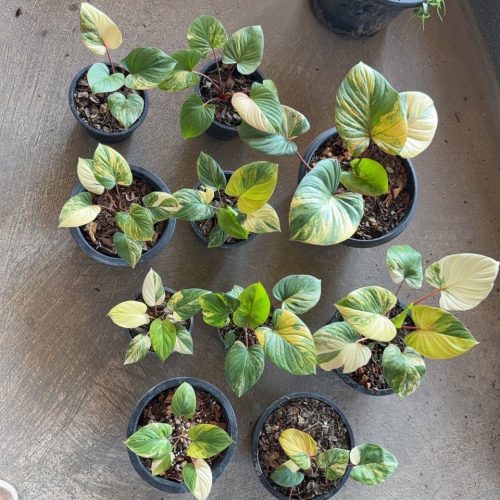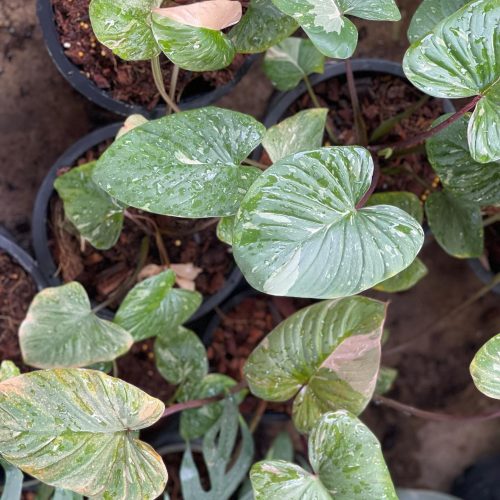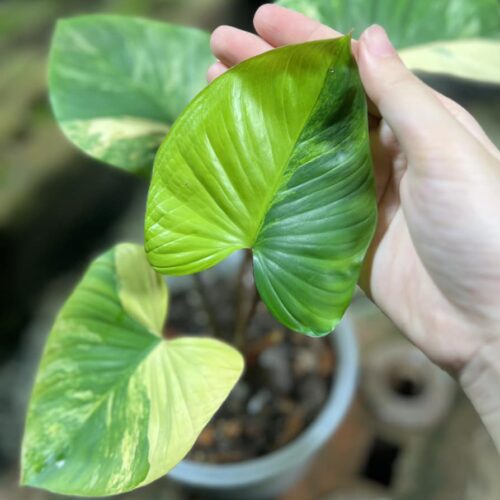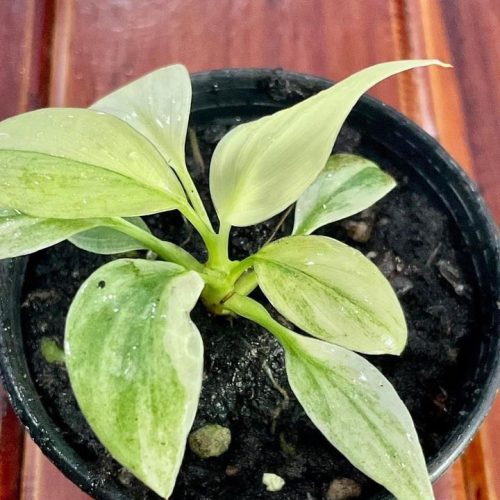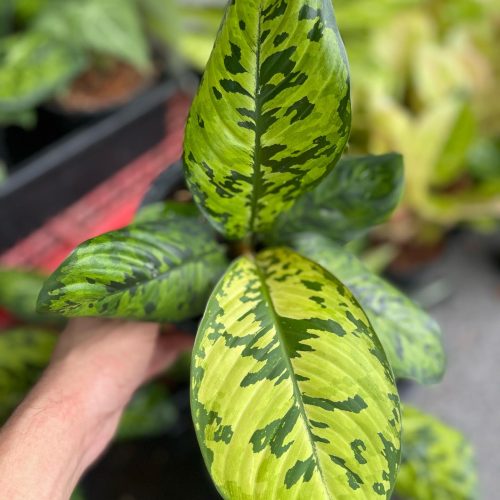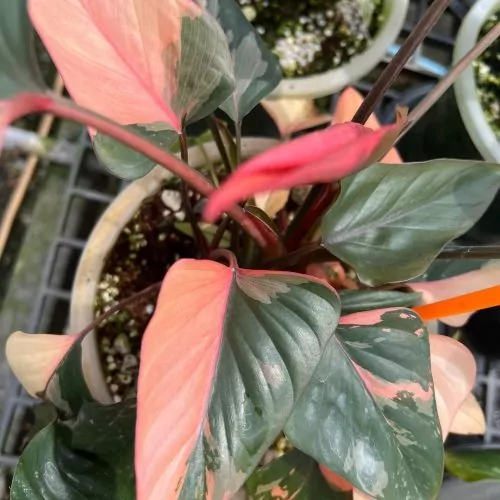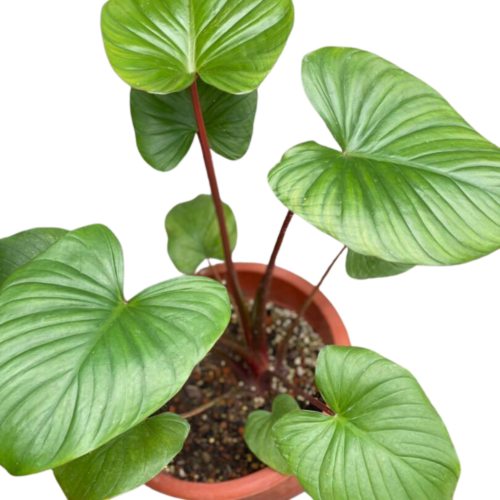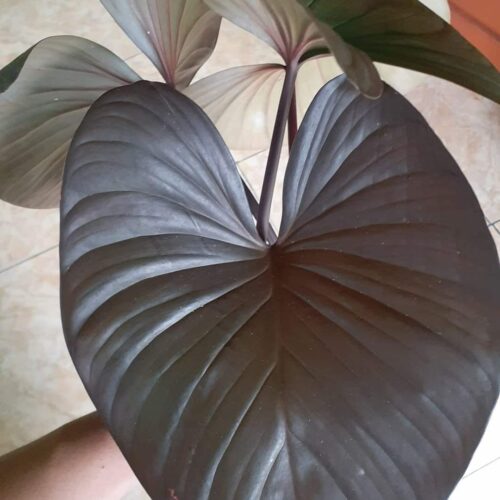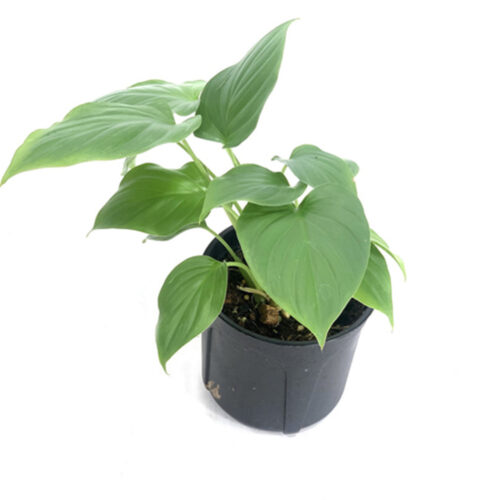Growing the homalomena plant indoors can provide many benefits that enhance your home. This tropical foliage plant, also known as the friendship plant, features glossy green leaves with red or white veins running through them. Adding these visually striking plants to your indoor space can improve air quality, humidity, and décor. Read on to learn more about five great benefits of cultivating homalomena indoors.
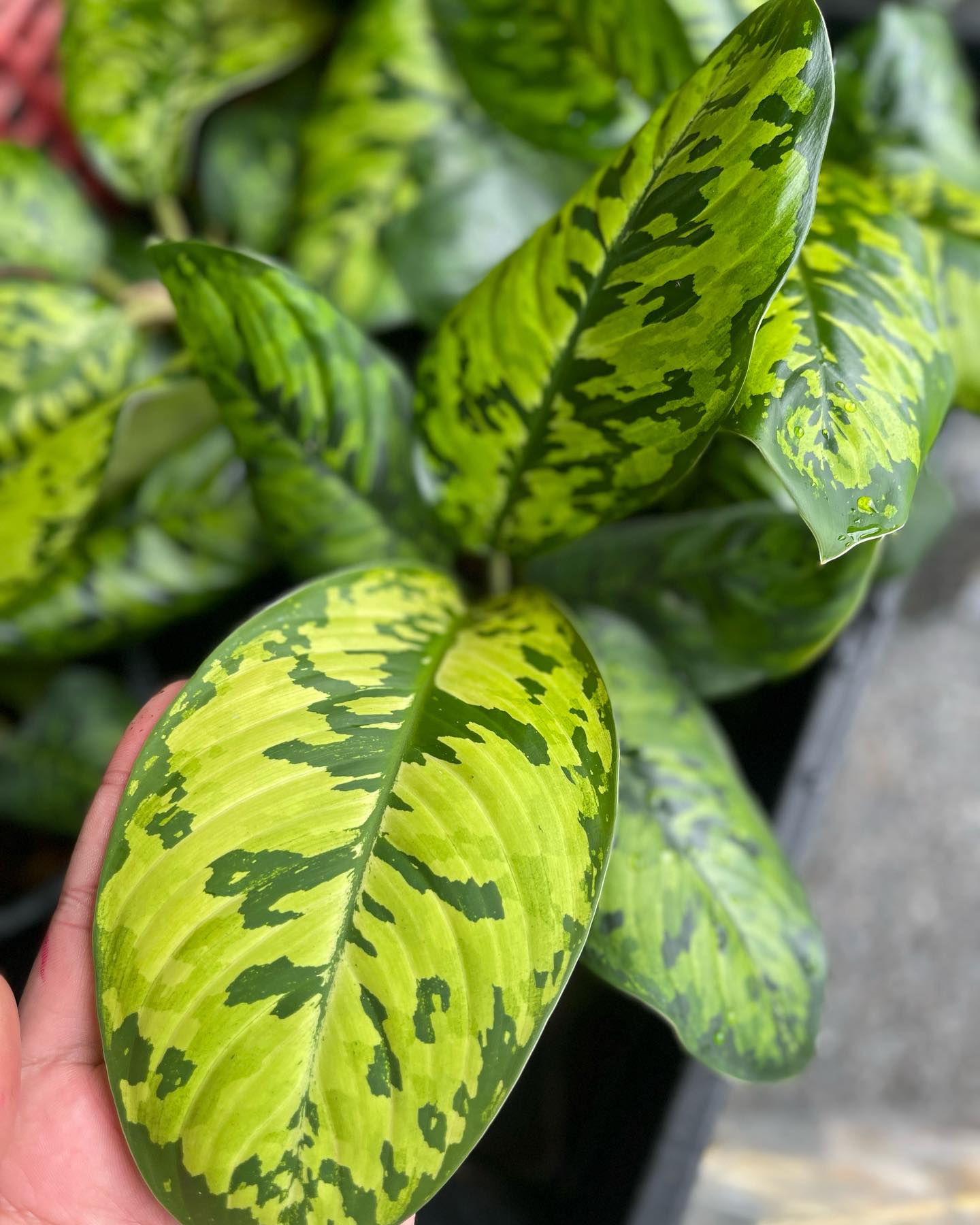
Improves Indoor Air Quality
Having indoor plants like the homalomena helps increase air quality in your home. The lush green leaves work to filter harmful pollutants from the air you breathe.
Removes Formaldehyde
The homalomena is excellent at helping to eliminate formaldehyde from indoor spaces. This colorless gas is found in some household products and building materials. Exposure can cause health issues over time, but homalomena plants actively absorb and break down formaldehyde.
Traps Other Pollutants
In addition to formaldehyde removal, homalomena plants help filter out other pollutants like xylene and toluene. These chemicals are found in some glues, leathers, rubbers, and paints. The leaf structure and root system of the homalomena plant work to trap these pollutants before they can accumulate in your indoor environment.
Increases Humidity
Another great benefit of growing homalomena plants inside is that they help boost humidity levels indoors. The large, luscious leaves give off moisture as part of the plant’s transpiration process. This releases healthy water vapor into the surrounding air.
Alleviates Dry Air Issues
If your indoor climate tends to be overly dry, homalomena plants can bring some much-needed moisture into the air. The right humidity levels will help keep your sinuses and skin from becoming irritated.
Prevents Brown Leaf Tips
In addition to helping you, proper indoor humidity is also beneficial for your homalomena plants. When moisture levels are too low, you may start to notice dried out, brown leaf tips. Boosting air humidity with these plants prevents this issue.
Brightens Up Your Décor
With their vibrant green leaves and striking veined patterns, homalomena plants make great decorative additions around the home. The lush foliage can instantly boost the visual appeal of any space.
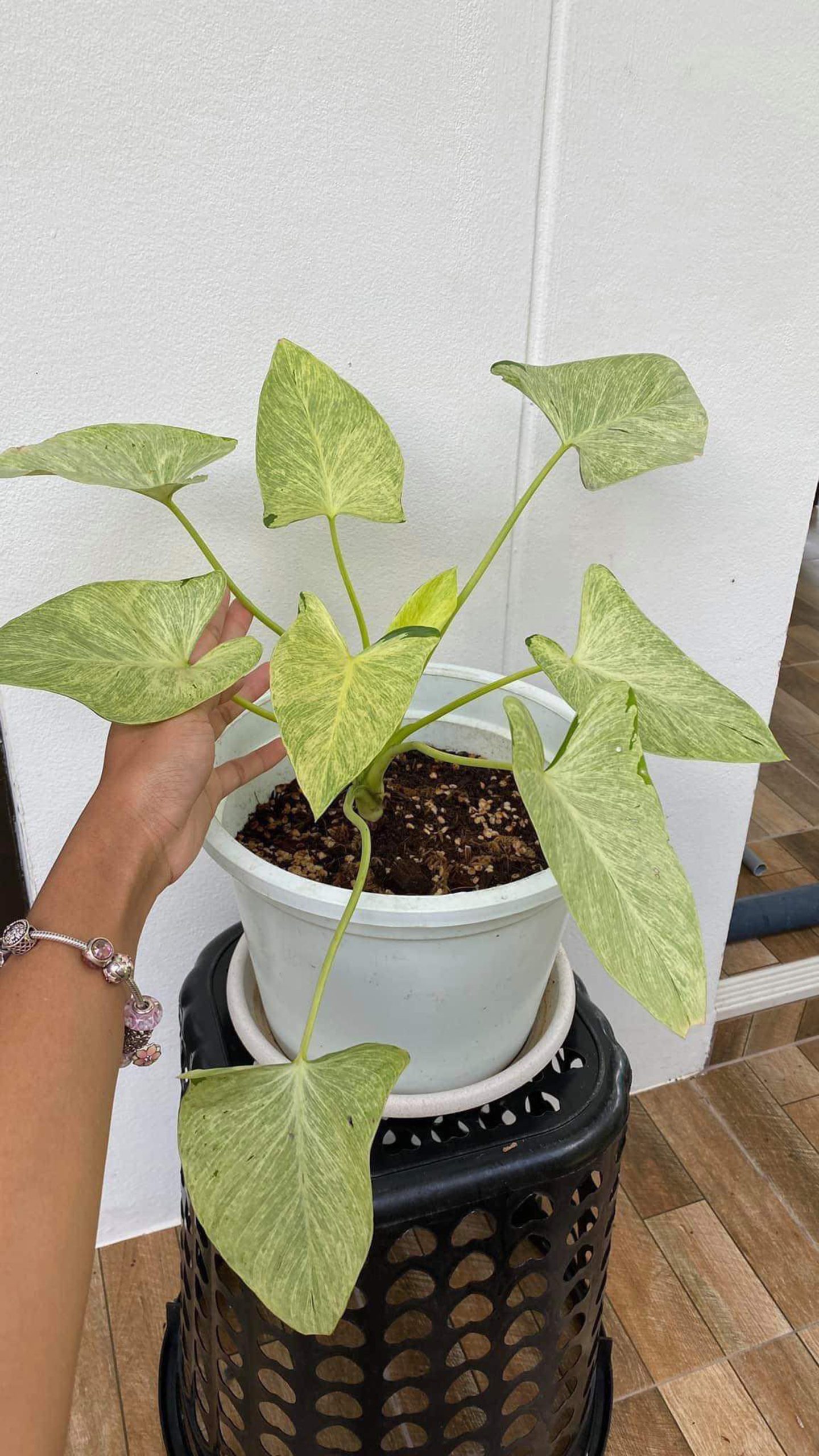
Adds Pops of Color
The leaves of the homalomena feature prominent white or red central veins that stand out against the rich green background. This colorful contrast adds eye-catching pops of flair to your shelves, tabletops, and other displays.
Provides Texture
The leaves of the friendship plant have a smooth, shiny finish that reflects light beautifully. The differing shapes and sizes combine to create appealing visual texture and dimension. Use homalomena plants as living artwork around your home.
Easy to Care For
Homalomena plants aren’t too demanding in terms of care, making them approachable for novice gardeners. A little basic maintenance is all these plants need to stay healthy indoors.
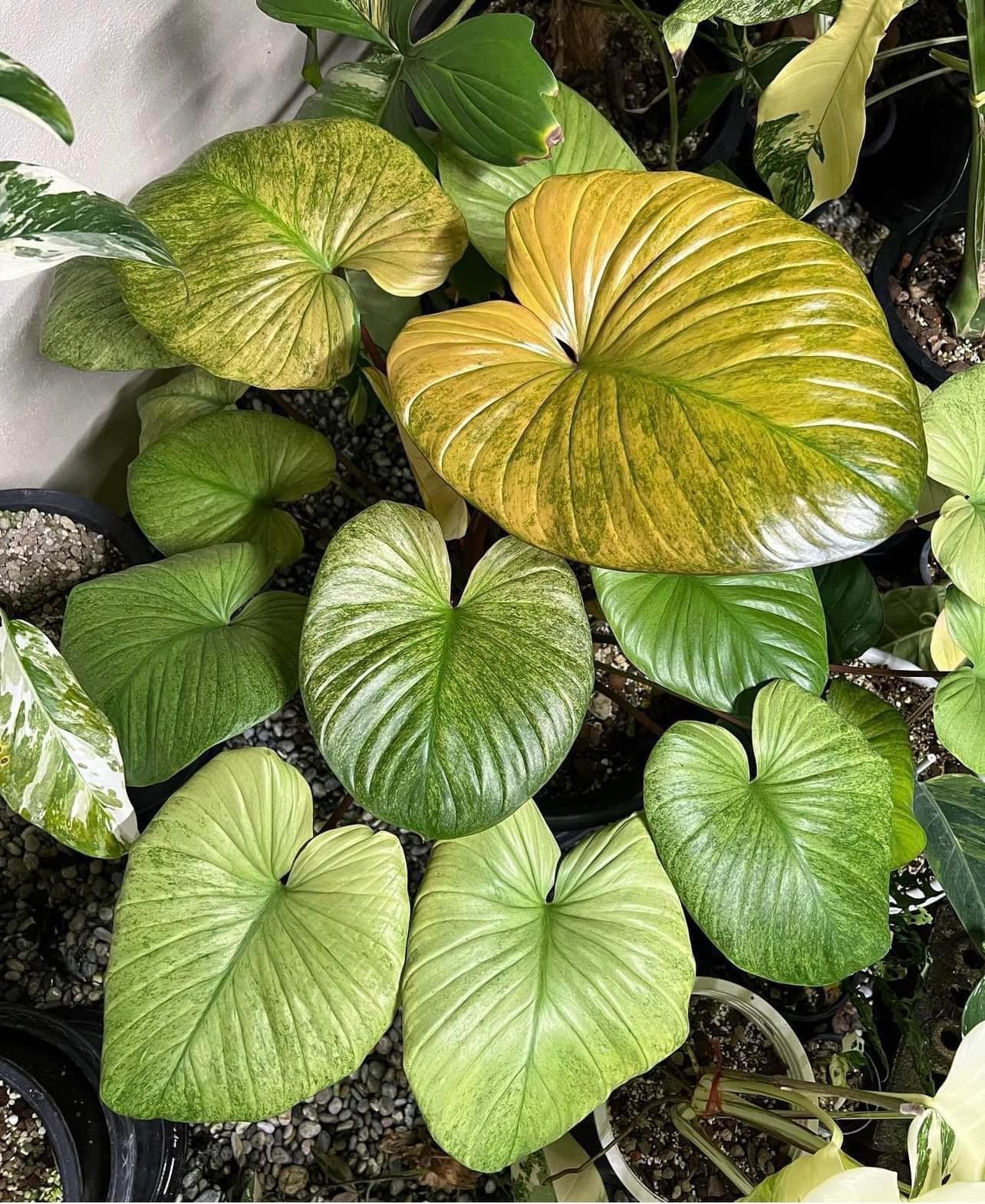
List of the most sought after Homalomena species in 2023
Thrives in Common Conditions
This tropical plant grows well in normal indoor temperatures and indirect light conditions. Place your homalomena plant in a spot near an east-, west-, or north-facing window.
Doesn’t Require Much Work
To keep your homalomena thriving with lush leaves, provide even moisture, humidity, and a balanced houseplant fertilizer a few times per year. The waxy leaves just need occasional dusting to keep their shine.
Produces New Plants
As the homalomena matures, you’ll find babies popping up around the base of the mother plant. These new sprouts can easily be repotted to expand your plant collection.
Offsets Appear Over Time
After a couple of years of growth, your homalomena will likely start producing offsets called plantlets. They emerge from thick fleshy roots known as bulbils. You’ll first notice tiny leaves popping up from the soil.
Propagates Easily
When the offsets have a few leaves and developed roots, they can be gently dug up and repotted in their own containers. Place them in a warm spot with high humidity as you would caring for mature homalomena plants.
Where to buy homalomena? Benefits from importing plants from Thailand
- Shipping: Door to door shipping, fast and safe with Dragon Courier
- Biodiversity: Thailand is known for its rich biodiversity, including a wide variety of aroid species. This diversity allows importers to access a broad range of unique and exotic aroid plants.
- Quality and Health of Plants: The suitable climate helps the plants grown here stay healthy and of high quality.
- Cost-Effectiveness: Due to favorable growing conditions and efficient production methods, Thai aroid plants can often be more cost-effective compared to those from other countries.
- Access to Hybrid Varieties: Thai growers are often involved in the development of new hybrid aroid varieties, offering unique plants that may not be available from other sources.
Homalomena species are the most sought after by aroid plant lovers
Conclusion
With their vibrant tropical foliage and striking veined patterns, homalomena plants make excellent indoor companions. They help filter indoor air pollutants, increase humidity, and provide living décor around your home. Easy care requirements make them approachable for any indoor gardener. Plus, new baby sprouts will propagate to expand your plant collection over time. If you’d like to enjoy cleaner air, added décor, and lush greenery around your home, give growing homalomena plants a try.
FAQ
- What are the health benefits of Homalomena?
- Homalomena is known for its potential health benefits. It may help with digestive issues, improve respiratory health, and provide anti-inflammatory effects. However, it’s essential to consult with a healthcare professional before using it as a remedy.
- How is Homalomena used for medicinal purposes?
- Homalomena can be used in various forms, including herbal teas, tinctures, or as a topical ointment. People often use it to alleviate digestive discomfort, treat respiratory conditions, or reduce joint inflammation. Dosage and usage instructions should be followed carefully.
- Are there any potential side effects of using Homalomena?
- While Homalomena is generally considered safe when used as directed, some individuals may experience side effects such as upset stomach or allergic reactions. It’s crucial to start with a small dose and monitor your body’s response. If you experience any adverse effects, discontinue use and consult a healthcare provider.
- Can Homalomena be used for skincare?
- Yes, some skincare products incorporate Homalomena extract due to its potential anti-inflammatory and soothing properties. It may help reduce skin redness and irritation. However, it’s advisable to use skincare products containing Homalomena as directed and perform a patch test to avoid allergic reactions.
- Is Homalomena safe for pregnant or breastfeeding women?
- Pregnant or breastfeeding women should exercise caution when using Homalomena. While there’s limited research on its safety during these periods, it’s advisable to consult with a healthcare provider before incorporating it into their routine to ensure the well-being of both mother and child.

